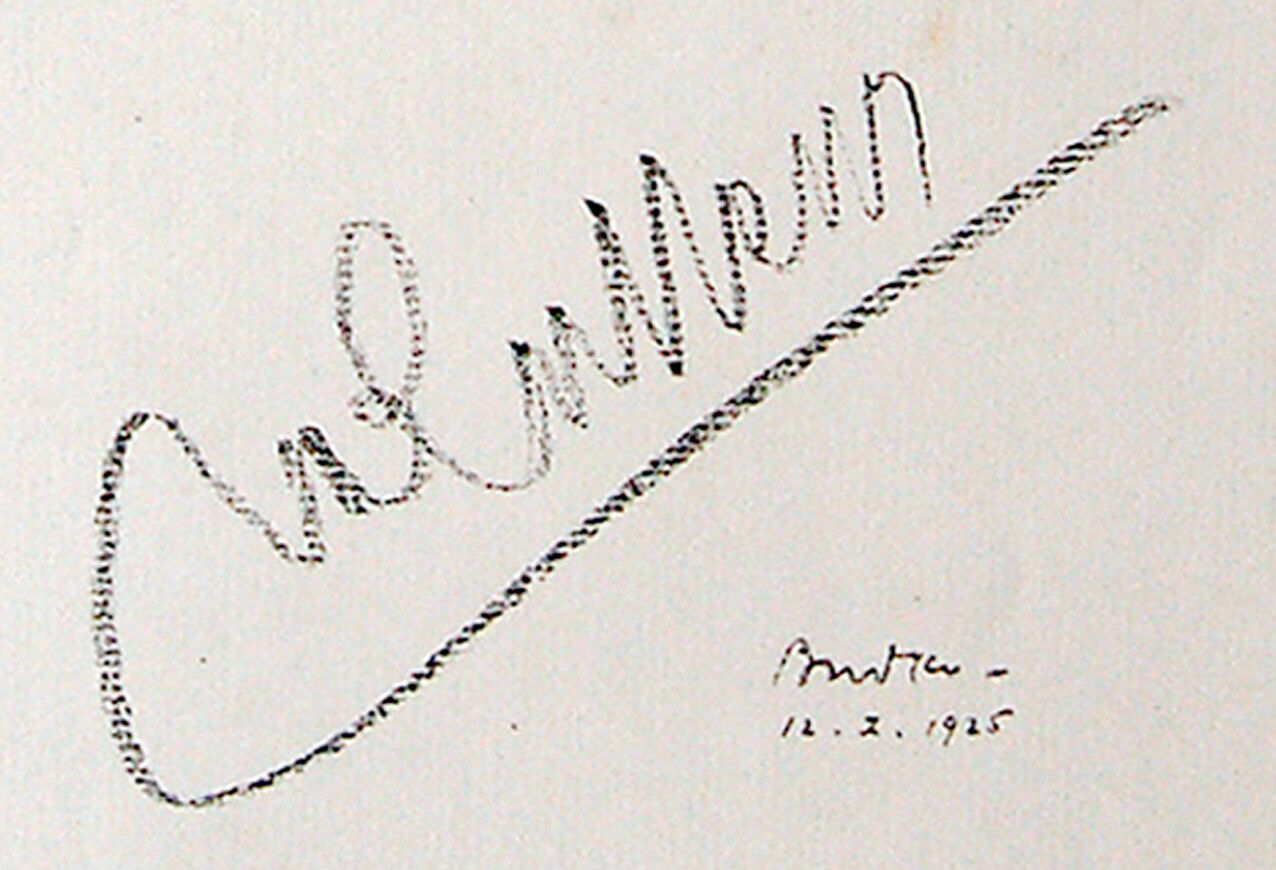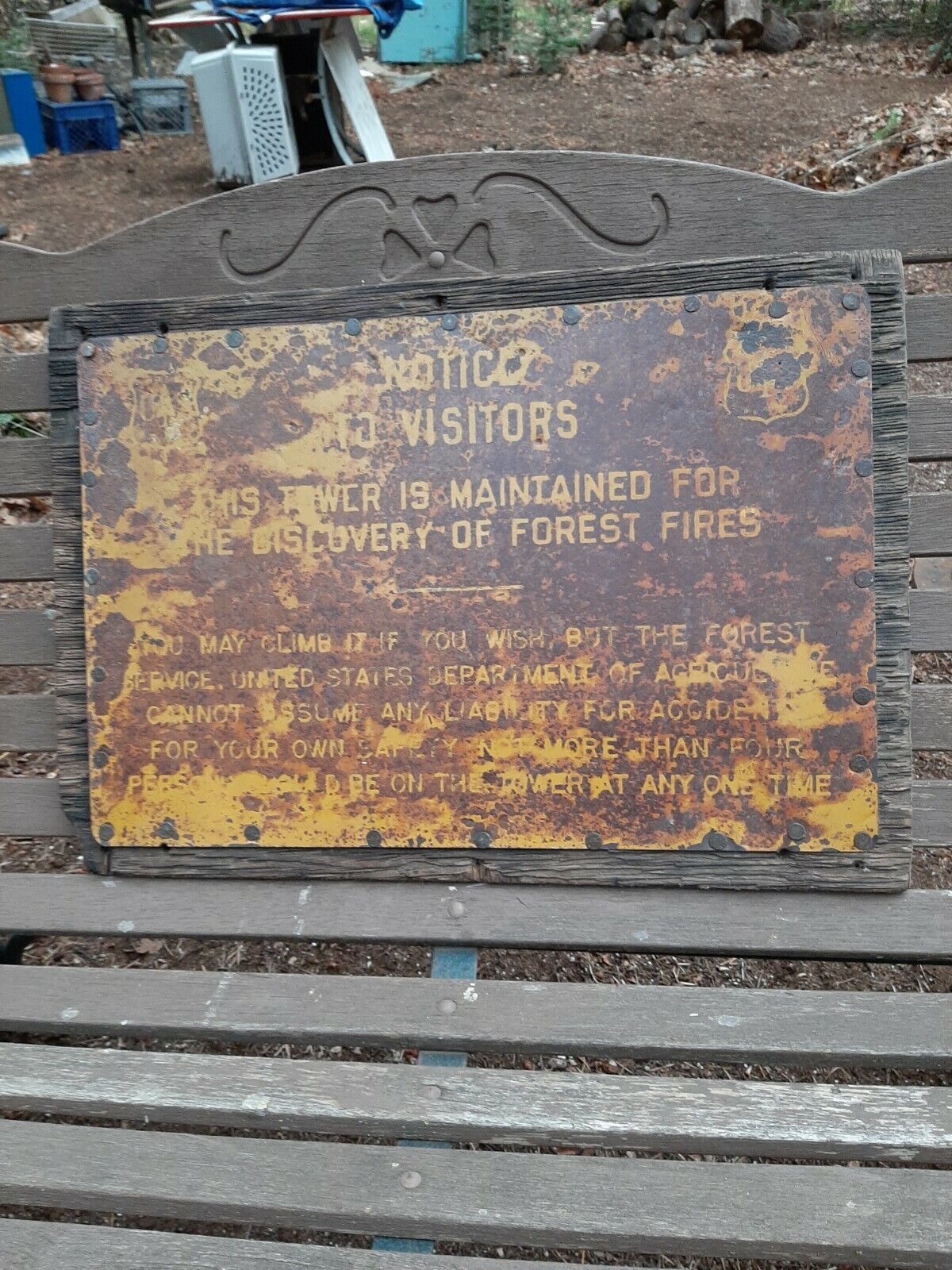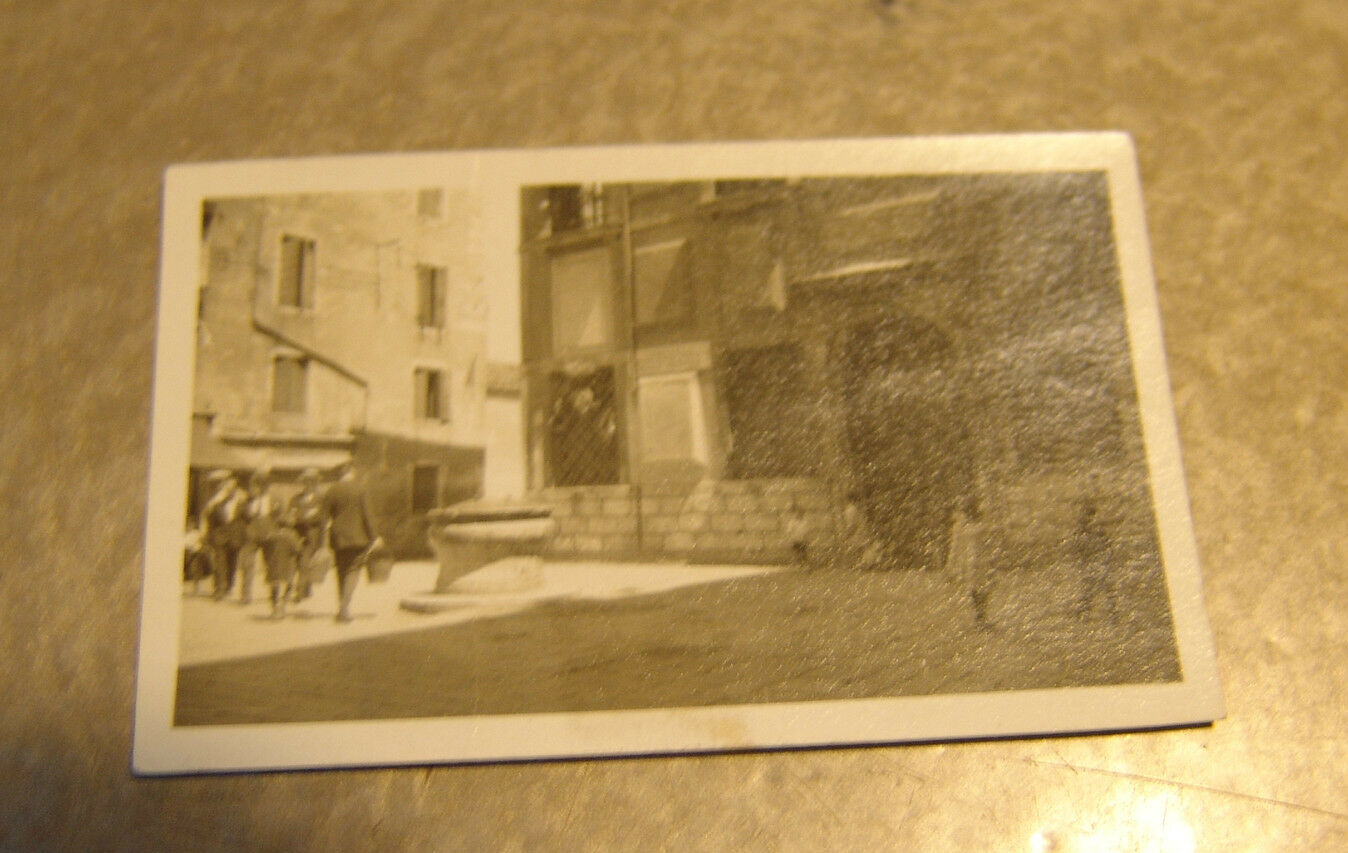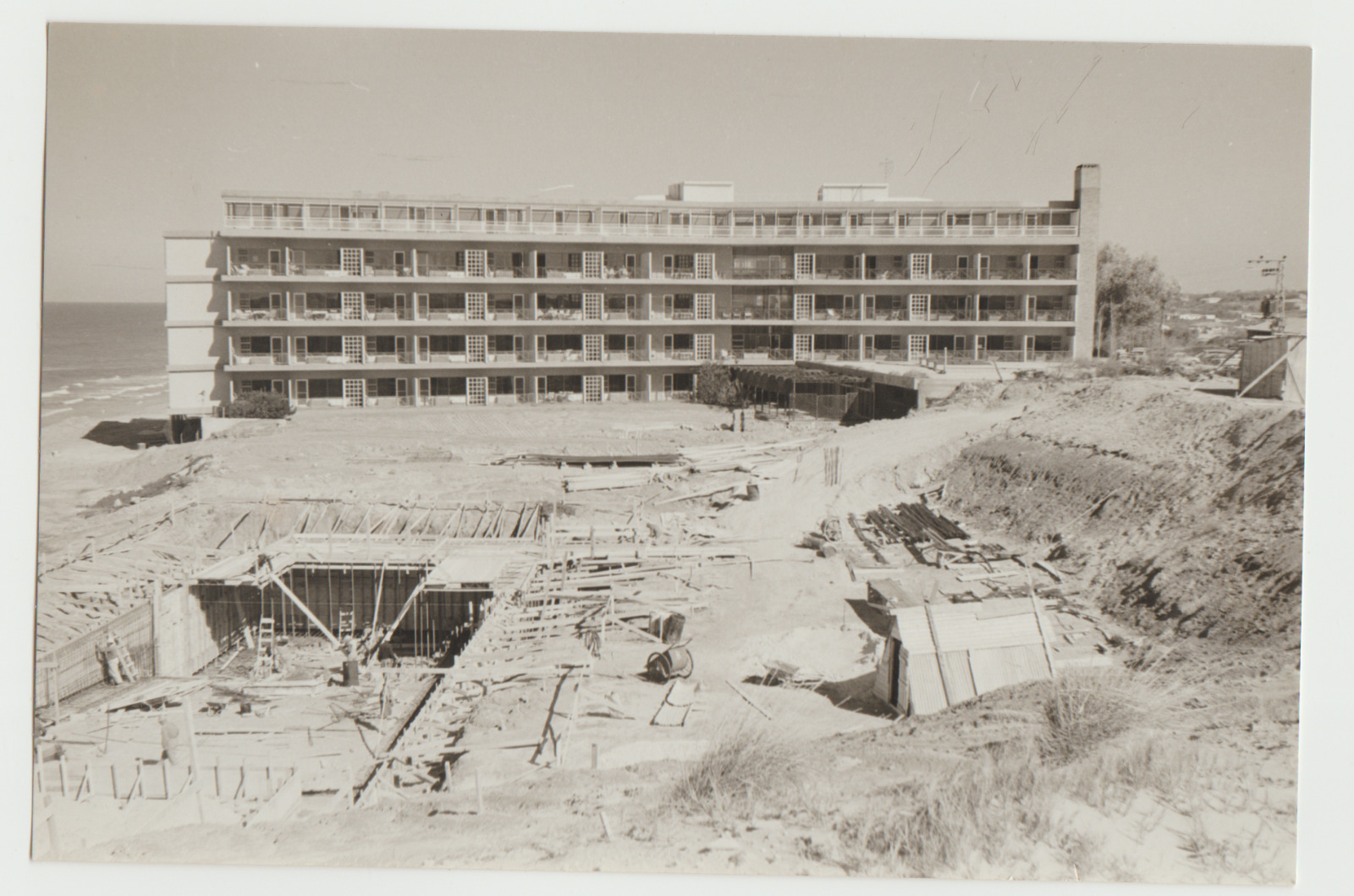-40%
1925 Israel SIGNED Lithograph BUDKO - WEIZMANN Bezalel JEWISH ART Judaica HEBREW
$ 39.6
- Description
- Size Guide
Description
DESCRIPTION:
Here for sale is a vintage EXTREMELY rare STONE LITHOGRAPH , A portrait of Chaim Weizmann ( Later to become the FIRST president of the STATE of ISRAEL ) which was created by the renowned BEZALEL artist JOSEF BUDKO . Both BUDKO as well as WEIZMANN have SIGNED the lithograph in the plate . BUDKO signature - Autograph is dated 1925 . Weizmann signature - autograph is not dated. Published and issued very propably by the JNF - KKL . A UNIQUE item which combined the collectible values of ZIONISM and ERETZ ISRAEL ( Then also refered to as PALESTINE ) as well as an ORIGINAL JOSEF BUDKO piece and a BEZALEL School of Art in JERUSALEM item
. The ORIGINAL STONE LITHOGRAPH in printed on a sheet of special stock paper . SIGNED by BUDKO and by WEIZMANN in the plate in 1925 ( DATED ). 12 x 18 ". Excellent condition.
( Pls look at scan for accurate AS IS images ) The LITHOGRAPH
will be sent rolled in a special protective rigid sealed tube.
AUTHENTICITY
: This STONE LITHOGRAPH is fully guaranteed ORIGINAL from 1925 , NOT a reproduction or a recent reprint , It holds a life long GUARANTEE for its AUTHENTICITY and ORIGINALITY.
PAYMENTS
:
Payment method accepted : Paypal
& All credit cards
.
SHIPPMENT
:
Shipp worldwide via registered airmail is $ 25
.
The LITHOGRAPH
will be sent rolled in a special protective rigid sealed tube.
Handling around 5 days after payment.
Chaim Weizmann was born in Motol, Russia in 1874. He received his education in biochemistry in Switzerland and Germany Already in Geneva, he became active in the Zionist movement. In 1905 he moved to England, and was elected to the General Zionist Council.Weizmann's scientific assistance to the Allied forces in World War I brought him into close contact with British leaders, enabling him to play a key role in the issuing of the Balfour Declaration on November 2, 1917 in which Britain committed itself to the establishment of a Jewish home in Palestine.In 1918, Weizmann was appointed head of the Zionist Commission sent to Palestine by the British government to advise on the future development of the country. There, he laid the foundation stone of the Hebrew University. That same year Weizmann met in Aqaba with Emir Feisal, son of Sharif Hussein of Mecca, the leader of the Arab movement, to discuss prospects of reaching an understanding on the establishment of independent Arab and Jewish states.Shortly after, Weizmann led the Zionist delegation to the Peace Conference at Versailles, and in 1920 became the president of the World Zionist Organization (WZO). He headed the Jewish Agency which was established in 1929.In the 1930's, Weizmann laid the foundations of the Daniel Sieff Research Institute in Rehovot, later to become the Weizmann Institute, a driving force behind Israel's scientific research. In 1937, he made his home in Rehovot.Chaim Weizmann again served as President of the WZO from 1935-1946. During the years that led up to World War II he invested much effort in establishing the Jewish Brigade. He also tried, unsuccessfully, to prevent the issuing in 1939 of the White Paper, which in effect halted Jewish immigration to Palestine.After the end of World War II, Weizmann was instrumental in the adoption of the Partition Plan by the United Nations on November 29, 1947, and in the recognition of Israel by the United States.With the declaration of the State of Israel, Weizmann was chosen to serve as the first President of Israel. This role he filled until his death in 1952. Chaim Weizmann was Russia born Jew, and later he spent several years in Switzerland. In 1904 he settled in England, at the age of thirty, where he lectured in the University of Manchester chemistry department. During WW I, he was credited with developing a method of producing acetone from maize; which was needed for the production of artillery shells, and in 1917 he was credited with securing a promise from the British to build a "Jewish National Home" in Palestine, (better known as the Balfour Declaration). Weizmann was one of the three Zionist leaders (along with Theodor Herzl and David Ben-Gurion) most responsible for turning Zionism into reality. Soon after Theodor Herzl's death in 1904 (the father of Zionism), Weizmann was becoming a prominent figure in the Zionist movement, having acquired a reputation as a powerful public speaker, until the mid-1930s. As the Zionist movement center of gravity shifted from Europe to Palestine in the late 1930s-early 1940s, Weizmann played a secondary role behind David Ben-Gurion, who led the movement until 1962. Soon after the conclusion of the 1948, and the establishment of the "Jewish state" he became first Israeli President. Weizmann was a very patient and savvy politician, who knew how to patiently lobby for Zionism in Europe, specially among the British whom he knew very well how to charm and court. He is credited with clarifying Herzl's vision of Zionism in the West and many Western Jewish communities. Weizmann's style of management was almost the exact opposite of Ben-Gurion's, who became militant, rigid, and uncompromising after the Nazis rose to power in Germany. As evidence of the Nazi atrocities was surfacing, Zionists and Jews in general advocated the creation of a "Jewish state" as soon as WWII ended, and the slogan "never again" became their motto. All of these factors pushed Weizmann to the background, and the Israeli Hawks dominated the Israeli political spectrum to the present day. - Josef Budko
was born in Plonesk, Poland and studied in Berlin with the Jewish painter and Graphic designer, Hermann Struck. In 1933 he immigrated to Israel with Mordecai Ardon and Yaacov Shtainheart. Two years later, with the opening of the “New Bezalel” school in Jerusalem, he became the head of the institution, a position he held till his death in 1940. His work includes carving for the Pesach Hagada, woodcarvings ilustrating biblical events, decorations for the books of Agnon, Bialik and numerous etchings and lithographies. This exhibition presents the series of woodcarvings created for the 50 th. Edition of Haim Nahman Bialik’s writings, published in Berlin in 1923. Other works exhibited, present the wide range of Jewish and Zionist topics that Budko dealt with over his long carrier
Joseph Budko Polish 1888-1940 Joseph Budko was amongst an influential group of graphic minded Jewish artists who embraced the revival of the woodcut, a medium which lent itself perfectly to express the views of Israel and Jewish culture in various lands.Born in Poland, Budko studied art in Germany under the instruction of Hermann Struck and the influence of Jacob Steinhardt. Mixing his personal attitude with Jewish outlook; melding Jewish tradition and modern artistic approach, Budko soon developed his own powerful style, influencing future great artists in turn—Marc Chagall being no exception. Budko has been credited with resurrecting the spirit of book illustration by elevating it to modern design. Eventually moving to Israel, Joseph Budko became the head of the Betzalal Academy in Palestine when it re-opened in 1935. He remained in this position until his untimely death, in 1940.
The term
Bezalel school
describes a group of artists who worked in Israel in the late Ottoman and British Mandate periods. It is named after the institution where they were employed, the Bezalel Academy, predecessor of today’s Bezalel Academy of Art and Design, and has been described as "a fusion of ‘oriental' art and Jugendstil." The Academy was led by Boris Schatz, who left his position as head of the Royal Academy of Arts in Sofia, Bulgaria, to make aliyah 1906 and set up an academy for Jewish arts. All of the members of the school were Zionist immigrants from Europe and the Middle East, with all the psychological and social upheaval that this implies. The school developed a distinctive style, in which artists portrayed both Biblical and Zionist subjects in a style influenced by the European jugendstil ( or art nouveau) movement, by symbolism, and by traditional Persian and Syrian artistry. Like the British Arts and Crafts Movement, Wiener Werkstätte in Vienna, William Morris firm in England, and Tiffany Studios in New York, the Bezalel School produced decorative art objects in a wide range of media: silver, leather, wood, brass and fabric. While the artists and designers were European-trained, the craftsmen who executed the works were often members of the Yemenite community, which has a long tradition of craftsanship in precious metals, and began to make aliyah about 1880. Yemenite immigrants with their colorful traditional costumes were also frequent subjects of Bezalel School artists.Leading members of the school were Boris Schatz, E.M. Lilien,Ya'akov Stark, Meir Gur Arie, Ze'ev Raban, Jacob Eisenberg, Jacob Steinhardt, and Hermann Struck.The artists produced not only paintings and etchings, but objects that might be sold as Judiaca or souvenirs. In 1915, the New York Times praised the “Exquisite examples of filigree work, copper inlay, carving in and in wood,” in a touring exhibit. In the metalwork Moorish patterns predominated, and the damascene work, in particular, showed both artistic feeling and skill in execution
.
Bezalel Academy of Art and Design
is Israel's national school of art. It is named after the Biblical figure Bezalel, son of Uri (Hebrew: ), who was appointed by Moses to oversee the design and construction of the Tabernacle (Exodus 35:30).It is located on Mount Scopus in Jerusalem and has 1,500 students registered in programs such as: Fine Arts, Architecture, Ceramic Design, Industrial Design, Jewelry, Photography, Visual Communication, Animation, Film, and Art History & Theory. Bezalel offers Bachelor of Fine Arts (B.F.A.), Bachelor of Architecture (B.Arch.), Bachelor of Design (B.Des.) degrees, a Master of Fine Arts in conjunction with Hebrew University, and two different Master of design (M.des) degree. The academy was founded in 1903 by Boris Schatz, and opened in 1906, but was cut off from its supporters in Europe by World War I, and closed due to financial difficulties in 1929. The academy was named "Bezalel" (Hebrew: "in God's shadow") as an illustration of God's creativity being channeled to a man of flesh and blood, providing the source of inspiration to Bezalel ben Uri in the construction of the holy ark.Many early Zionists, including Theodor Herzl, felt that Israel needed to have a national style of art combining Jewish, Middle Eastern, and European traditions. The teachers at the academy developed a distinctive school (or style) of art, known as the Bezalel school, in which artists portrayed both Biblical and Zionist subjects in a style influenced by the European jugendstil (art nouveau) and by traditional Persian and Syrian styles.Like the Wiener Werkstätte in Vienna, William Morris firm in England, and Tiffany Studios in New York, the Bezalel School produced decorative art objects in a wide range of media: silver, leather, wood, brass and fabric. While the artists and designers were European-trained, the craftsmen who executed the works were often members of the Yemenite community, which has a long tradition of craftsanship in precious metals, and whose members had been making aliyah in small groups at least form the beginning of the nineteenth century, forming a distinctive Yeminite community in Jerusalem. Silver and goldsmithing, occupations forbidden to pious Muslims, had been traditional Jewish occupations in Yemen. Yemenite immigrants with their colorful traditional costumes were also frequent subjects of Bezalel school artists.Leading artists of the school include Meir Gur Aryeh, Ze'ev Raban, Boris Schatz, Jacob Eisenberg, Jacob Steinhardt, and Hermann Struck. The School folded because of economic difficulties. It was reopened as the New Bezalel School for Arts and Crafts in 1935, attracting many of its teachers and students from Germany many of them from the Bauhaus school which had been shut down by the Nazis. In 1969 it was converted into a state-supported institution and took its current name. It completed its relocation to the current campus in 1990. ebay536















